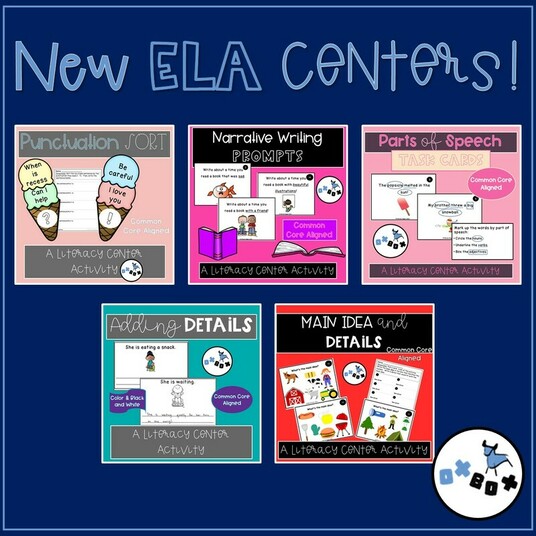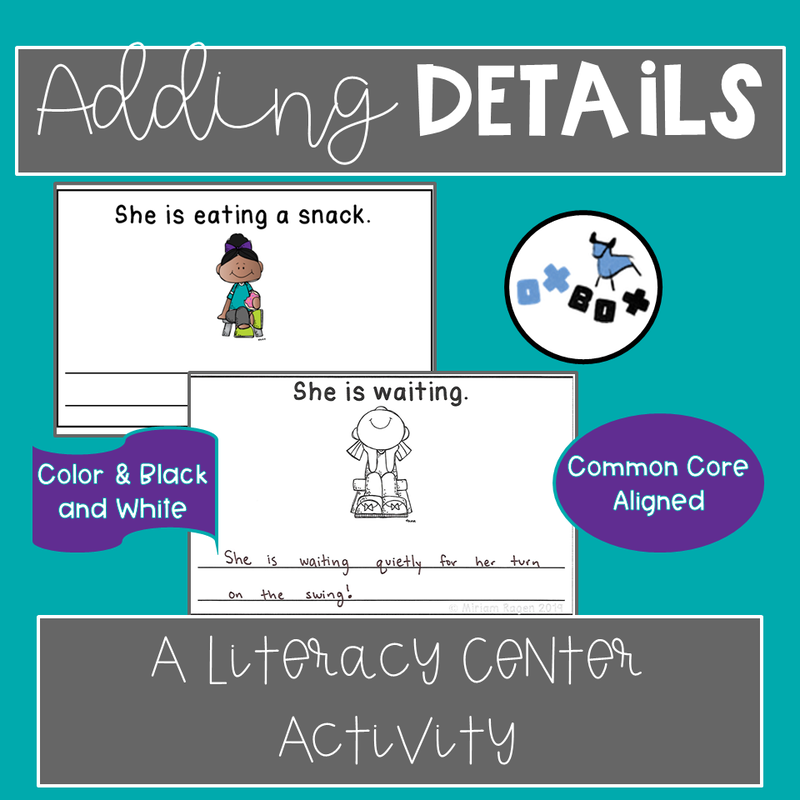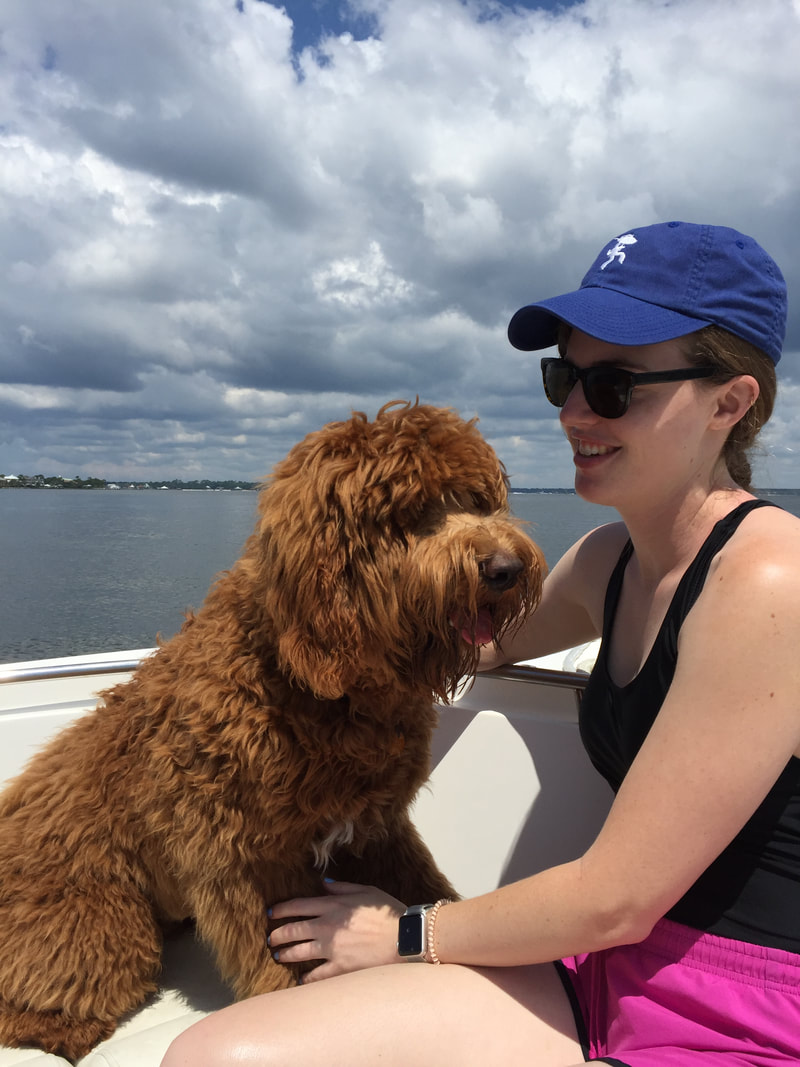|
I love using literacy activities and centers in the pre-k, kindergarten, first grade, and second grade classroom. I think they increase engagement and support social-emotional learning. I use them to compliment direct instruction and give students more hands-on practice with content. I structure my centers to match the scope and sequence of our ELA curriculum. This year we are using the Wit and Wisdom curriculum for our literacy block. Wit and Wisdom is Common Core aligned and tells teachers which standards will be targeted during each Module. I take this scope and sequence and create literacy centers that practice the same Common Core standards but in a different way. The centers are not linked to the Wit and Wisdom curriculum but do match the standards progression. I am very excited about the new centers I made to go with First Grade Wit and Wisdom Module 1! Each center is Common Core aligned and can be completed by students independently. Read about each center below. Click on each picture to see it in my TPT store! Narrative Writing Prompts: The different task cards challenge students to think of a time they read a book that meets certain criteria- a book you read outside, a non-fiction book, etc. (Common Core Standard: W.1.3) Adding Details: Students read sentences that match the picture on the card. They then improve the sentence by adding adjectives, verbs, or other details. (Common Core Standards: W.1.5) Punctuation Sort: I love sort centers! They are very engaging! Students read sentences and decide if they need a period, question mark, or exclamation point. Students then write their own sentences for the punctuation marks (Common Core Standards: L.K.2, L.1.2, and L.2.2). Parts of Speech Task Cards: Students mark up the sentences on the task cards using the given code- circle the nouns, underline verbs, and box adjectives. Students then write the words they found under the correct part of speech on the recording sheet. (Common Core Standards: L.K.1, L.1.1, L.2.1). Vocabulary Clip Card Activity: Students use the context to determine what the underlined vocabulary word means. Students clip or mark the definition for the underlined word. They then pick a vocabulary word and fill out the recording sheet- writing and illustrating a sentence with the vocabulary word. You can have this center for FREE!!! Just fill in the form down below! Center organization can be challenging. Read about how I try to keep pieces from getting mixed up or lost! Read about other ways I supplement Wit and Wisdom in my classroom!
2 Comments
I love puzzles! I do jigsaw puzzles with my family over the holidays. I always have at least one puzzle center in my center rotations. I love the logic puzzle app on my phone. Puzzles are great for developing problem solving skills, fine motor skills including hand eye coordination, and even self-esteem! While I love all puzzles, I sometimes worry that with some puzzles students may complete them incorrectly when they are working independently. There is no way for them to check if they matched the correct pieces. As a result, some students just stick any pieces together and call it a day. BUT... a self-correcting puzzle solves this problem!!! In a self-correcting puzzle only the correct pieces will forget together. For example, the apple will only fit with the piece that has letter "a" not with any other letter. I talk to my students about checking their answers. Do the pieces fit? Great, you made the correct match! If not, you need to keep working- what went wrong? Try again to find the correct piece and ask a friend if you need more help. This encourages further problem solving and meta-cognition. Self-correcting puzzles can also boost self-esteem! Make sure to celebrate your students' success with puzzles! I love to take pictures of them with the final product to post around the classroom and send home to their families. They are so proud to show off their hard work! Check out some of my puzzles! There are puzzles aligned to Fundations Centers, Wit and Wisdom Centers, Eureka Math Centers, and any classroom centers! Click on the picture to go to that center. There are even more puzzles available in my store. Scroll down to get your freebie! This year my school started using the Wit and Wisdom curriculum. I was very excited to try out a high-quality curriculum that targeted so many standards that are often left out of ELA curricula, specifically the Speaking and Listening Standards. The curriculum has students dive into texts for a whole week, analyze art, and run Socratic Seminars! Just as with any new curriculum I had some concerns about how to implement it in my classroom. The Wit and Wisdom curriculum has 3 types of journals: Response Journal, Vocabulary Journal, and Knowledge Journal, none of which are included in the materials. To simplify my life (and hopefully other teachers') I made a Wit and Wisdom Vocabulary Journal! There are three different versions of the vocabulary page so that this resource can be used with multiple grade levels!
The journal can be used in many ways:
If students are struggling to write the words and definitions or you are running out of time in your lessons you can adjust the journal! Try writing just the word on the pages before distributing them to students or write the word and definition and have the students draw the picture or use the word in a sentence. I hope this resource is helpful in your class! Check out my TPT store. I have resources with the vocabulary words for each Module, grades K-2, and some fun centers that align with the Wit and Wisdom curriculum! |
AuthorMiriam taught kindergarten and first grade for 10+ years. Archives
July 2022
Categories
All
|















 RSS Feed
RSS Feed